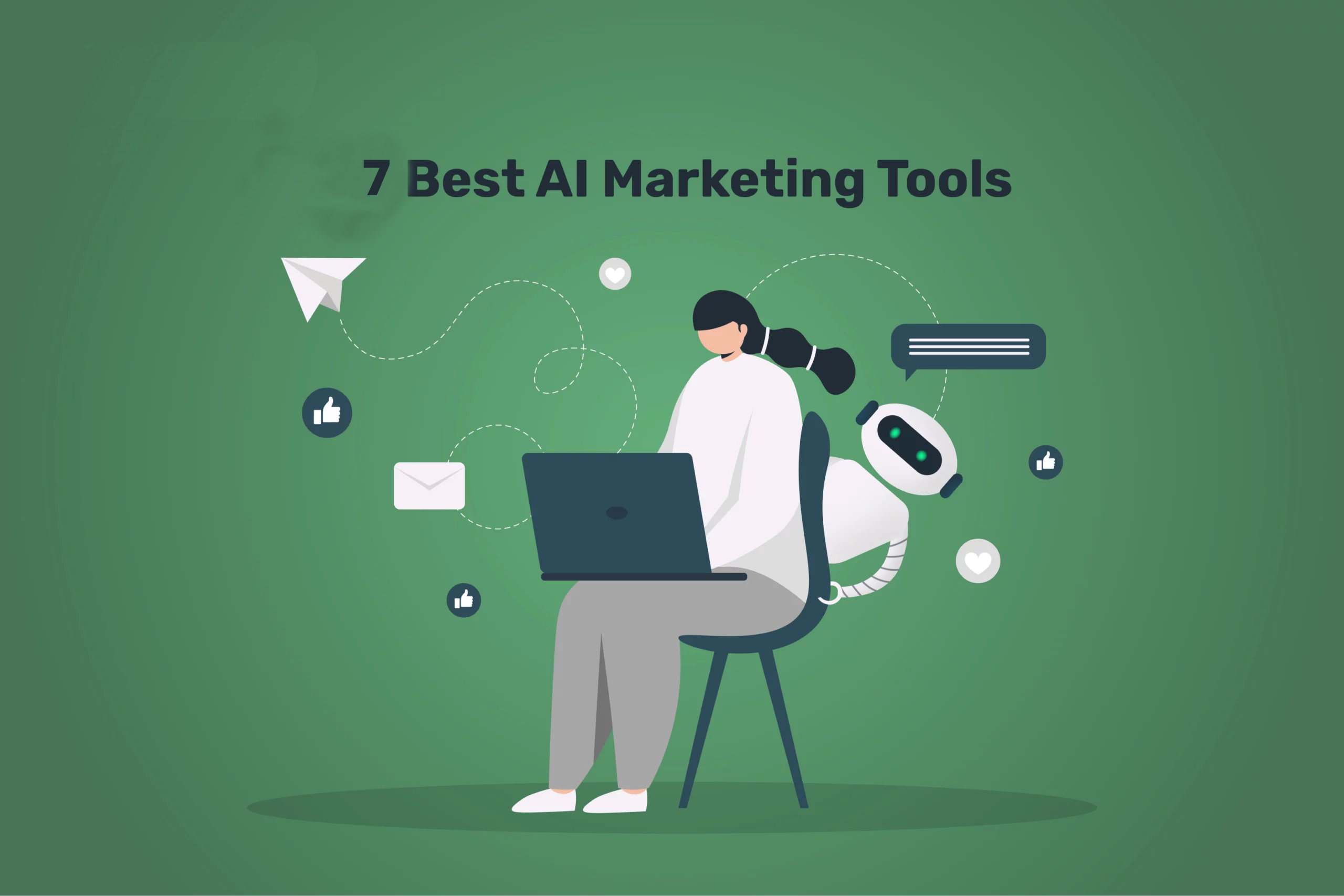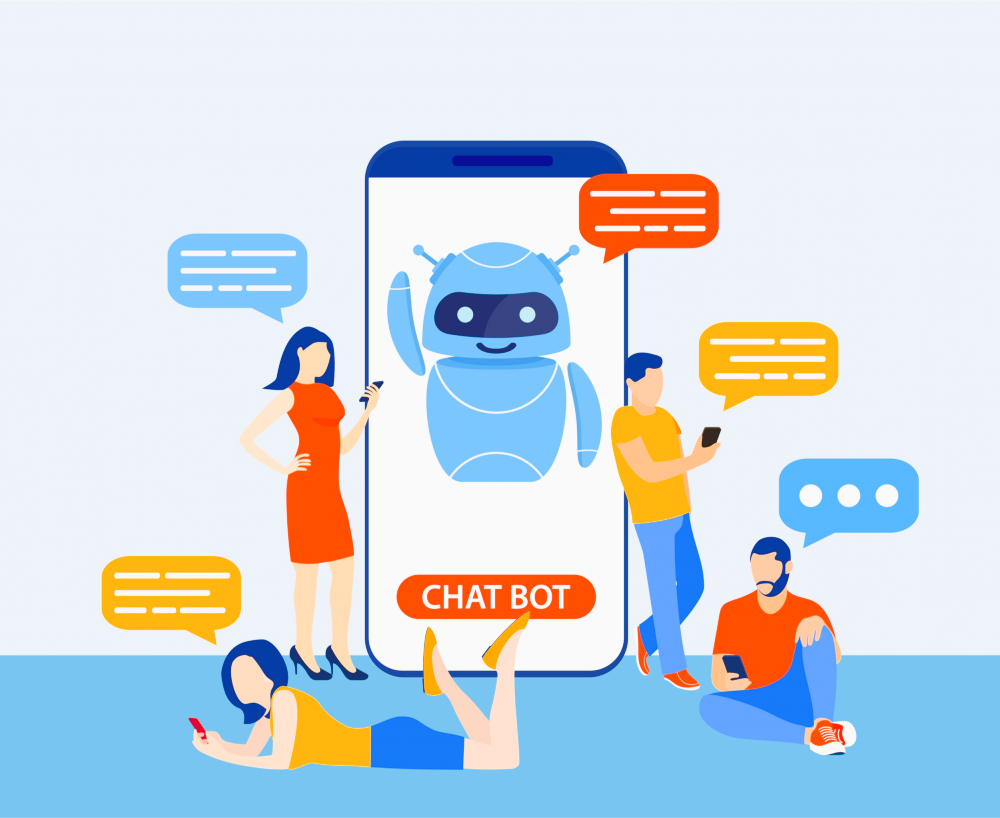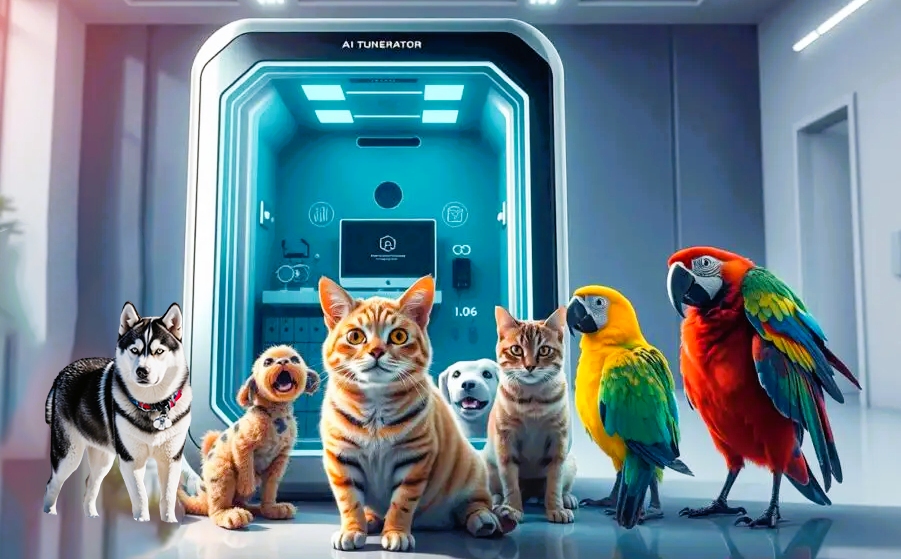AI chatbots are software programs designed to interact with humans through messaging platforms, websites, or apps. They simulate human conversations and help users solve problems, answer questions, or perform tasks without needing human assistance. Their popularity has grown significantly in recent years as more businesses realize the value of having automated systems to improve efficiency, reduce costs, and provide customer support around the clock.
In this post, we’ll explain what is AI chatbots, how they work, and what makes them so valuable. If you’re curious about AI chatbots or considering using one for your business, this article is for you.
Overview of AI Chatbots and Their Efficiency
Simply put, an AI chatbot is a software application that uses artificial intelligence (AI) to simulate conversations with humans. These chatbots are designed to understand and respond to text or voice inputs just like a human would. While traditional customer service relies on human agents to answer questions or solve problems, AI chatbots do this automatically by understanding and processing the user’s input.
Compared to traditional customer service, AI chatbots can provide immediate responses, work non-stop, and handle many inquiries at once, making them a more efficient solution in many cases.
How Do AI Chatbots Work?
AI chatbots rely on advanced technologies like Natural Language Processing (NLP) and machine learning to function effectively. Here’s how these technologies play a role:
- Natural Language Processing (NLP): NLP enables the chatbot to understand the meaning behind the words typed or spoken by the user. It breaks down the user’s input, identifies keywords, and determines the context of the conversation.
- Machine learning: allows chatbots to learn from past interactions and improve their responses over time. The more conversations they handle, the better they understand various types of queries and deliver accurate replies.
What is AI Chatbot
When you interact with an AI chatbot, it processes your input using these technologies to generate a suitable response. Some advanced AI chatbots can even adapt to your preferences, making the conversation feel more personalized.
Types of AI Chatbots

There are two main types of chatbots:
- Rule-based chatbots: These chatbots follow predefined rules and are limited to answering specific questions. They are useful for simple tasks, such as answering frequently asked questions. However, they may struggle with complex inquiries because their responses are based on a set of rules.
- AI-based chatbots: These chatbots, powered by AI and machine learning, are more flexible and capable of handling a wider range of questions. Unlike rule-based chatbots, AI chatbots can learn from previous conversations, making them more accurate and efficient over time.
Example of rule-based chatbot: A chatbot that helps you check your bank balance or track a package by following specific commands.
Example of AI-based chatbot: A customer service chatbot that can handle a variety of inquiries, from product information to troubleshooting technical issues.
Benefits of Using AI Chatbots
AI chatbots offer several benefits to businesses:
- 24/7 availability: Unlike human employees, AI chatbots never sleep. They can assist customers anytime, ensuring that businesses provide round-the-clock support.
- Cost savings: By automating repetitive tasks, businesses can reduce the need for large customer support teams, which can save money.
- Improved customer experience: AI chatbots provide quick responses to customer queries, reducing wait times and improving overall satisfaction. Many customers appreciate being able to get answers instantly without the need to call or email support teams.
- Scalability: AI chatbots can handle an unlimited number of conversations simultaneously, making them ideal for growing businesses that need to manage increasing customer inquiries.
Common Uses of AI Chatbots
AI chatbots are used in a wide range of industries. Some common applications include:
- Retail: Chatbots help customers find products, answer questions, and assist with order tracking.
- Healthcare: Chatbots provide basic medical advice, schedule appointments, and offer reminders for taking medications.
- Finance: Banks and financial institutions use chatbots to help customers check balances, transfer money, and manage their accounts.
Real-life example: Many businesses have successfully implemented chatbots to streamline customer service. In retail, brands like H&M use chatbots to assist customers with product recommendations and sizing guides.
Challenges and Limitations
While AI chatbots offer numerous advantages, they also come with challenges:
- Understanding complex queries: Some AI chatbots struggle to fully understand complicated or vague questions, which can lead to incorrect responses.
- Emotional response: AI chatbots are not yet capable of handling conversations that require empathy or emotional intelligence, which limits their usefulness in sensitive customer service situations.
- Maintenance: Chatbots require regular updates and training to stay accurate and relevant.
The Future of AI Chatbots

The future of AI chatbots looks promising as advancements in technology continue to push boundaries. Some future trends may include:
- Increased personalization: As chatbots become smarter, they will be able to provide even more personalized experiences, remembering user preferences and offering tailored recommendations.
- Integration with more devices: AI chatbots are likely to be integrated into more everyday devices, making them more accessible across platforms like smartphones, smart speakers, and wearables.
- Better human-like conversations: With improvements in NLP and machine learning, chatbots will be able to understand and respond to more complex queries, making interactions smoother and more natural.
Tips for Choosing the Right AI Chatbot
When choosing an AI chatbot for your business, consider the following factors:
- Ease of integration: Ensure the chatbot can integrate seamlessly with your existing systems, such as your website or CRM.
- User-friendly interface: The chatbot should be easy to set up and manage, even for non-technical users.
- Customization: Look for a chatbot that allows you to tailor responses and functions to suit your specific business needs.
Conclusion
AI chatbots are powerful tools that are transforming how businesses communicate with their customers. They provide several benefits, such as cost savings, 24/7 availability, and improved customer experiences.
As chatbot technology continues to evolve, we can expect even more sophisticated interactions in the future. If you’re looking for an efficient way to enhance your customer support, AI chatbots are worth considering.





